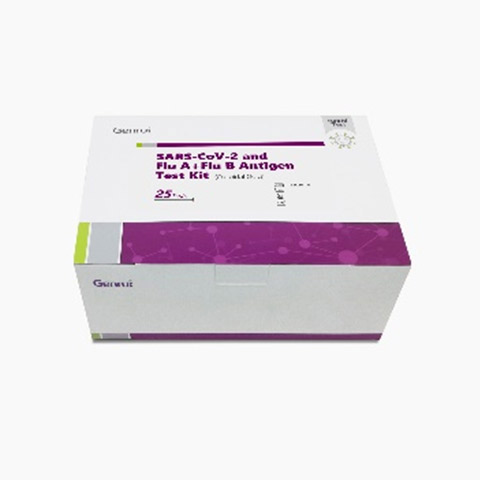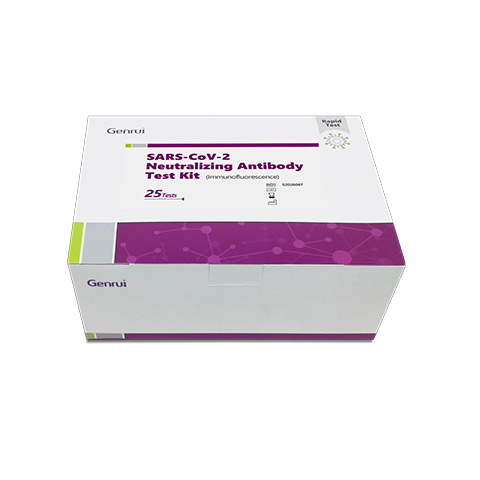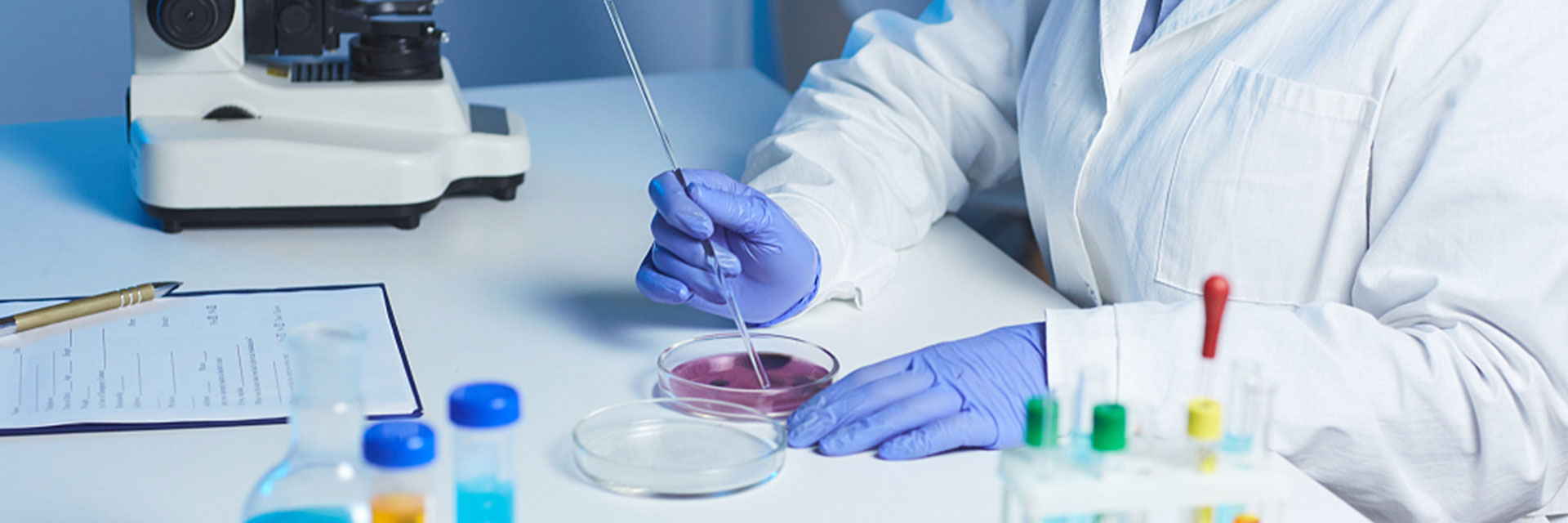Rapid Test Types
-
Colloidal Gold Rapid Test
 Colloidal Gold Rapid Test is a colloidal gold immunochromatography intended for the qualitative detection of COVID-19 antigen or antibody in human samples.
Colloidal Gold Rapid Test is a colloidal gold immunochromatography intended for the qualitative detection of COVID-19 antigen or antibody in human samples. -
Immunofluorescence Test
 Immunofluorescence assay (IFA) identifies the presence of antibodies by their specific ability to react with viral antigens expressed in infected cells.
Immunofluorescence assay (IFA) identifies the presence of antibodies by their specific ability to react with viral antigens expressed in infected cells.
How a Rapid COVID Test Works
Until now, the majority of COVID-19 rapid diagnostic tests have been done with a nasal or throat swab that uses the colloidal gold rapid antigen test method.
Genrui company also offers COVID-19 rapid test that uses the Immunofluorescence method which can semi-quantitative test.
It is usually used to detect SARS-CoV-2 antigens or antibodies like (2019-nCov) lgG/LGM, SARS-CoV-2 Spike Protein Antibodies, SARS-CoV-2 Neutralizing Antibody.
The COVID-19 rapid test is an immunotomographic flow test for testing SARS-CoV-2 antigens or antibody-like IgG/IgM in human nasal and nasopharyngeal specimens.
At the test, SARS-CoV-2 antigens in the humen sample reacted with the anti-SARS-CoV-2 antibody packets present in the test strip by nanoparticles. The following, the mixture moved along the test strip through capillary chromatography.
When the sample contains SARS-CoV-2 antigens, they will bind to anti-SARS-CoV-2 antibodies present in the (T) pilot area and produce color lines that indicate positive results.
However, if there is no antigen in the sample, it will no color line occurs in the (T) pilot area. In the Control Line Area (C), a color line always appears representing the correct process and function of all components.
Bei Immunofluorescence antibody test is based on fluorescence immunoassay technology, specifically the competition immunodetection method.
When the specimen is added to the sample well of the test card, the fluorescence-labeled SARS-CoV-2 RBD protein bind to SARS-CoV-2 neutralizing antibodies in blood specimen and forming immune complexes. The excessive fluorescence-labeled SARS-CoV-2 RBD protein moves forward to the test line by capillary action and combines with the angiotensin-converting enzyme-2 (ACE2) protein which is immobilized on a test strip. Thus the more SARS-CoV-2 neutralizing antibodies in a blood specimen, the less fluorescence-labeled SARS-CoV-2 RBD protein accumulated on the test zone.
The signal intensity of fluorescence reflects the amount of SARS-CoV-2 neutralizing antibodies captured, and Genrui FA Meters shows SARS-CoV-2 neutralizing antibodies concentrations in the blood specimen. The signal is inversely proportional to the SARS-CoV-2 neutralizing antibodies concentration.




